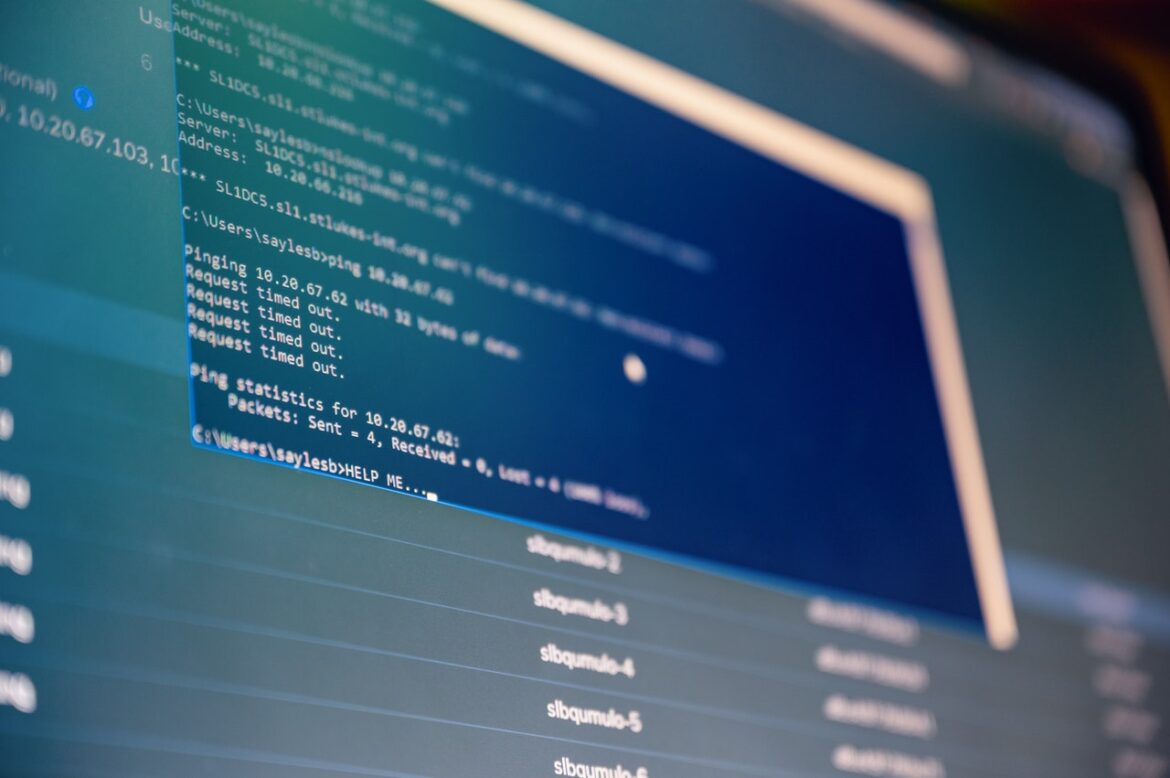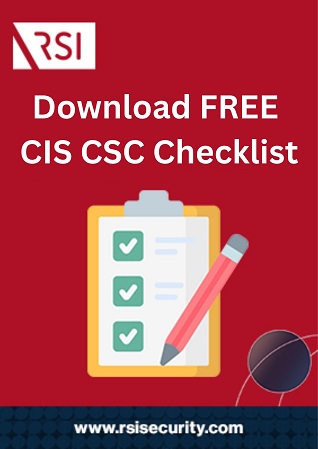
In 2008 the United States defense industry suffered a severe data loss. The resulting chaos galvanized the industry to create one of the most robust cybersecurity frameworks for business, government, and institutions worldwide. The framework was taken over by the Center for Internet Security (CIS). They devised a series of 20 CIS controls known as the critical security controls (CSC). The CIS top 20 gives a detailed account of what an organization should do to defend themselves against cyber-threats.











